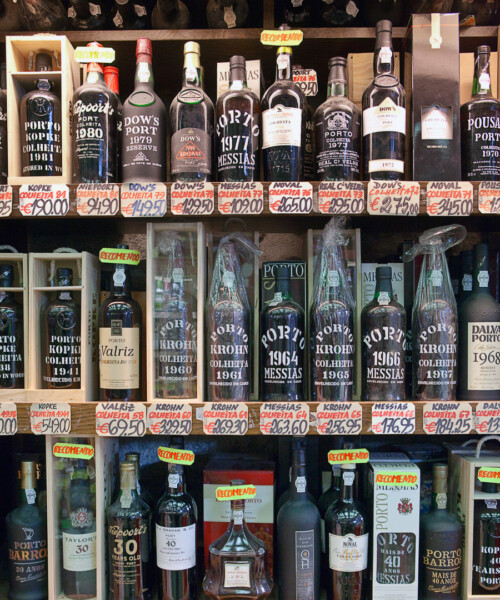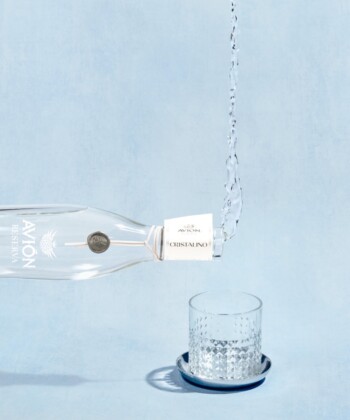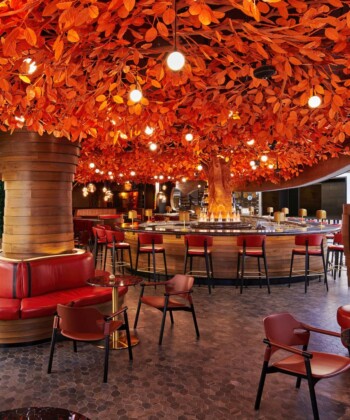Unless you’re Portuguese, British, or a time-traveling 18th-century aristocrat, chances are you’ve never saddled up to a bar and ordered a glass of Port. While Vinho do Porto—the fortified wine produced in Portugal’s Douro valley—continues to enjoy global sales growth centuries after its invention, the beverage is now less understood and appreciated by U.S. consumers than ever before.
Unfortunately, in dismissing Port, the vast majority of Americans are missing out on a rich, complex beverage that can be enjoyed in myriad ways. Below, get to know all the facets of this old-world beverage—and why it’s worth saving from extinction in the U.S. marketplace.
Style and Vintage
Although older Ports are generally more expensive, age relates more to style preference than to objective quality. “Young reserve Ports (Fonseca Bin 27, for example) are all about fresh, berry-fruit flavor,” says Chris Forbes, Marketing Manager at The Fladgate Partnership, which owns numerous Port houses. Meanwhile, an aged Tawny Port gradually exposed to oxygen over time via a porous wooden barrel can develop caramel, stone fruit or nutty flavors that are more desirable to some.
Opening and Storage
Many bottles of Port feature a replaceable stopper cork, and don’t even require a corkscrew. Other vintage bottles (some over a century old) can be lopped with a set of badass, heated Port tongs so as not to fragment their crumbly driven corks. Once opened, a bottle of younger Ruby Port (generally around 20% ABV), can easily last about a month when refrigerated, while aged Tawny Port can keep for weeks longer than that. And a hearty bottle of Madeira (Port’s island cousin, a fortified wine from the Portugeuse Madeira Islands) might just last you through a zombie apocalypse.
Port Cocktails
Port cocktails are a growing trend at New York City bars such as The Up & Up and Pouring Ribbons. At The Bar Room, mixologist Danny Neff has begun using Port in a cocktail called The Lisbon Sour, which blends Knob Creek rye, Fonseca Bin 27 Port, Cardamaro, fresh lemon, and Demerara sugar. “Port is a perfect way to add texture and sweetness to a cocktail,” Neff explains. “The richness it brings is…especially [desired] during the colder months.
Drinking Port
Port is an ideal beverage to pair with dessert. Forbes even offers specific products for unique dishes: he suggests trying Fonseca Bin 27 with chocolate; Taylor Fladgate 10-year-old Tawny with apple or key lime pie; and Taylor Fladgate 20-year-old Tawny with crème brûlée. Not only is Port a stellar sidekick, it can easily act as a dessert or digestif on its own. And for some, it’s even an excellent aperitif: “Personally, I prefer something sweet before my meals,” says Neff. “Port activates the taste buds and makes everything more enjoyable.”






































